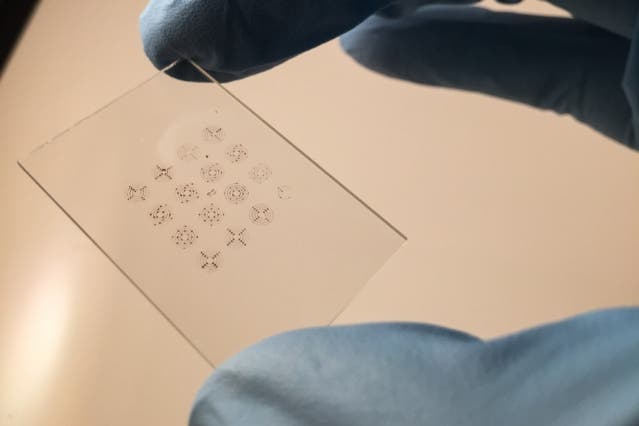A new stretchable and transparent electrical conductor has been created at last, one that could finally allow entirely foldable tech to be made. Finding a material that meets all three conditions was thought impossible until recently, although there are plenty of materials that meet two of the three. We know of materials, for instances, that are transparent, but not stretchable (glass), while others are transparent and stretchable, but very poor electrical conductors, such as carbon nanotube films, graphene sheets and metal-nanowire meshes. The latter are very good conductors actually, in normal conditions, but not when you start stretching them.
The study was conducted by Zhifeng Ren, a physicist at the University of Huston, principal investigator at Texas Center for Superconductivity and his associates, Chuang Fei Guo and Tianyi Sun along with other two colleagues from Harvard University. The report published in Nature Communications describes the material in question as being composed of gold nanomesh electrodes, providing a very good level of electrical conductivity, as well as transparency and flexibility. Besides this, the material could prove to be specifically useful for biomedical applications since the gold nanomesh electrodes, made by lithography, only increases slightly the resistance even at a strain of 160 per cent.

Contrary to silver or copper, this material doesn’t oxidize as easily, so there isn’t a drop in electrical conductivity once its in operation with a medical device. The material is also the first one to use grain boundary lithography.
‘It is much more transportable’ , is what Guo concluded about the material, while the Korean phone company Samsung already demonstrated a device with a bendable screen in October and LG Electronics introduced a curved phone that’s on the Asian market already for the mass distribution.
Ren notes, however, that even these gold nanomeshes broke and the material’s electrical resistance increased when it was stretched, although its conductivity resumed when it was returned to the initial dimensions. This observation was false when tested on silver, mainly because of the high oxidation.






